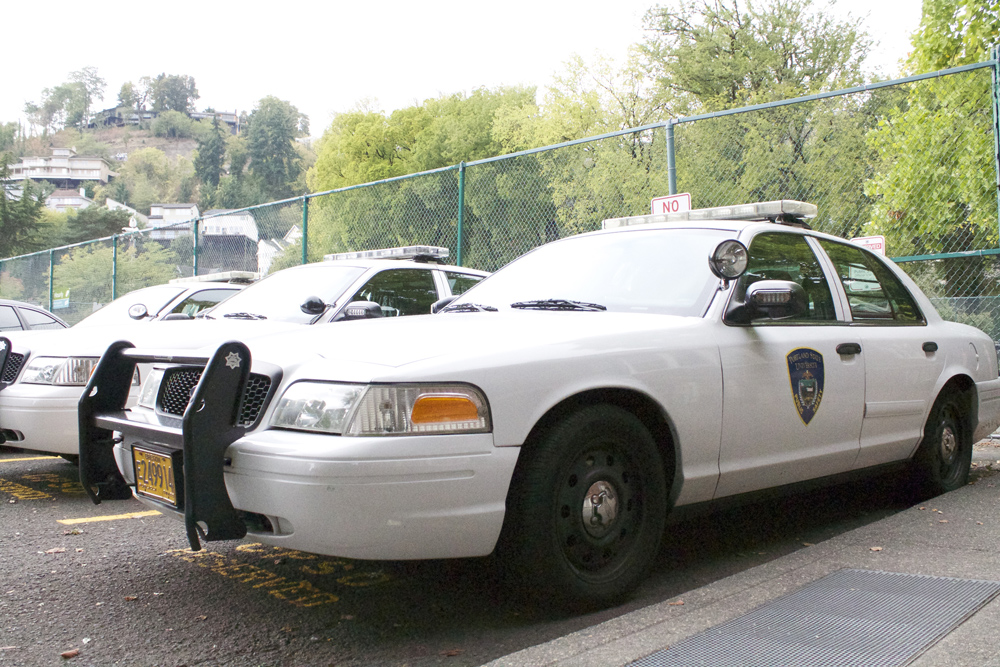Clayton Daffron, Portland State’s network architect and team manager, participated in Cisco’s Internet protocol television webcast last month to talk about how new wireless networking technology has been working out for Portland State.
PSU beta testing Cisco wireless
Clayton Daffron, Portland State’s network architect and team manager, participated in Cisco’s Internet protocol television webcast last month to talk about how new wireless networking technology has been working out for Portland State.
Cisco introduced a new product, called CleanAir, to PSU a few months ago, according to Daffron. PSU became a beta-tester for the product that has advanced radio frequency scanning and interference avoidance.
A large, urban campus like PSU is a good place to test the system because of the prevalence of microwaves, Bluetooth devices, cordless phones and other wireless networks.
“CleanAir allows the wireless system to accurately identify these sources of interference and adjust the characteristics of the signaling so that the effects on performance are minimized,” Daffron said.
According to information from Cisco, the IPTV broadcast that took place last month highlighted several areas regarding wireless technology:
-Growing challenges within wireless environments
-The benefits of Borderless Networks architecture and its approach to connecting anyone to anything, anywhere and anytime
-How PSU is using Cisco’s Unified Wireless Network to meet the increasing mobility demands of its users
Ray Smets, Cisco’s vice-president and general manager of the Wireless Networking Business Unit, and David Stiff, the product-marketing manager, appeared in the webcast with Daffron.
“PSU participated in the webcast because we’ve been a beta-tester for this technology over the last couple of months, and we felt that it would be an opportunity for some positive exposure for PSU among our peers and the public,” Daffron said.
According to Daffron, CleanAir is an attractive product because “it increases performances and reliability of wireless networks, which are considered to be mission critical…at PSU.”
Currently, the university is working to provide high-speed PSU wireless access in student housing over the summer, which will be available in fall term, Daffron said.
“I believe the customer demand for high-performance wireless will be greater than on campus,” he said.
Though students may or may not report poor connectivity in a classroom, they will be more inclined to report a poor connection at home, according to Daffron.
“We would expect to deploy the CleanAir technology within Student Housing to simultaneously improve the user experience and reduce our support costs,” he said.
Cisco, a manufacturer of network infrastructure and software, is the company that makes switches, routers, firewalls and wireless networking equipment that PSU uses, Daffron said. Cisco offers what they call a Borderless Mobility Experience.
“Borderless Mobility refers to the ability that allows users to connect to the network anytime, anywhere, from any device,” said Lori Hultin, a communications contractor for Cisco.
Cisco’s on-campus wireless network is a system of devices that are access points to the network, she said. There are over 400 access points deployed across PSU.
According to Hultin, Cisco’s wireless network is “self-healing.”
“This means the network can handle things like interference, dropped connections, moving from one location to another without losing connectivity [and] without users or IT departments having to do anything to fix the network and without users experiencing a hit in wireless network performance,” she said.
Wireless controllers manage the rest of the intelligence necessary for the system to work, Daffron said. PSU has four controllers throughout campus. The devices broadcast the “PSU” and “PSU Secure” wireless networks that are accessible by wireless devices.
Cisco’s webcast, featuring the new wireless technology at PSU, can be viewed at www.tools.cisco.com/cmn/jsp/index.jsp?id=10545.




